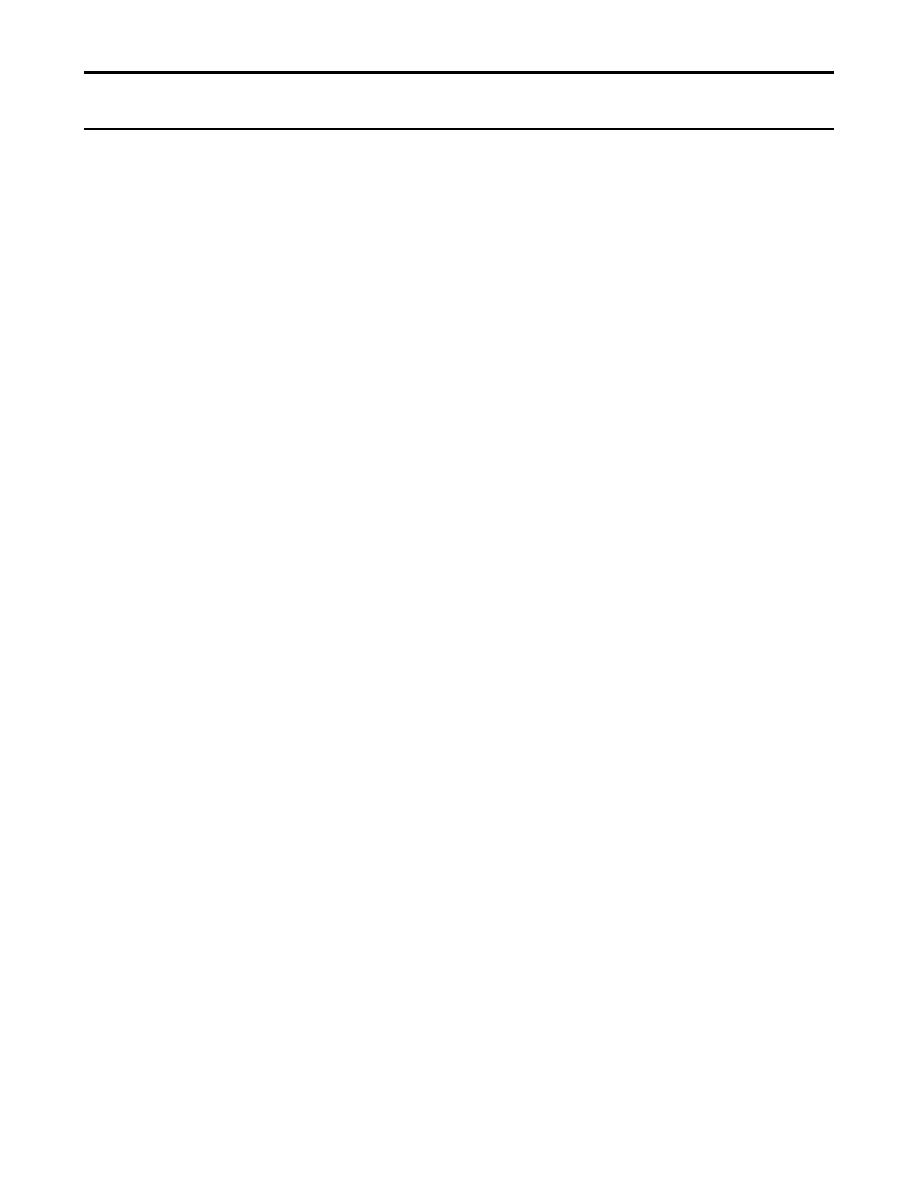
| Tweet |

Custom Search
|
|

|
||
 TM 55-1905-220-14-4
3-57.1. AIR HORN - MAINTENANCE INSTRUCTIONS.
The airhorn should be inspected externally at regular intervals for loose bolts, loose cap screws, gasket
leaks, etc. Internal inspection is not required unless the horn does not blow with its normal tone. In such case,
determine which of the horns, if the horn is of the multiple type, is off tone, and remove the hexagon cap
screws holding the cover on the back of the horn body or chamber. Carefully remove and inspect the bronze
diaphragm, clean it off, and wipe out any water and dirt which may have accumulated in the horn chamber.
Make sure the air passage hole, which is small in size and through when the air enters the horn chamber, is not
blocked or partially blocked by dirt or chips. If necessary, check air passages through the bracket and other
parts of the horn and blow them out with air.
If the diaphragm is bent, cracked, or otherwise damaged, it should be replaced with a new one. Inspect
narrow sounding rim in the body against which the diaphragm presses for burrs or chips embedded on this
narrow and important face. Avoid any damage to this face. Do not file or scrape this surface. Also inspect the
wide seat in the body against which the rim of the diaphragm fits. See that it is clean, smooth, and free from
dirt and embedded chips because the diaphragm must seat against this uniform and true. Likewise, inspect the
seat in the cover which comes in contact with the diaphragm. To reassemble the horn, put the diaphragm
back in carefully and then put cover on, inserting the series of cap screws around the rim of the cover and
pulling these screws down carefully and evenly. Screws should be tightened firmly, but not overtightened.
Special attention is called to the following -- there is a small breathing hole provided in the outer rim of
the cover. This hole also acts as a drain for water accumulating from condensation or sweating. The hole is
drilled through the sloping part of the back of the cover at a point below and in line with the center of the
circular Kahlenbert stainless steel name plate, which is located in the center of the back cover of each horn.
Make sure this hole is open and clear and not clogged with dirt or paint. Putting the cover back on the airhorn
body with the name plate reading horizontally, or as nearly horizontally as the bolt holes permit, automatically
brings this vent-drain hole in the lower or proper gravity draining position. Occasionally check to see that the
large gland nuts holding the projectors in the horn body are tight. Due to the big wrenches used in these nuts,
they are frequently pulled too tight, which has a tendency to distort the horn body and may affect the tone of the
horn.
If trouble is experienced with the tone of one of the horns on a multiple horn, and it cannot be remedied
in the field by inspection of the interior of the horn and proceeding as described above, this projector and body
should be removed and returned to the Kahlenberg factory, or the airhorn body assembly (body, cap and
diaphragm) replaced with a new assembly. If necessary, the entire horn, less whistle valve, may be returned to
the factory for repairs.
Change 3 3-1014
|
||
 |
||